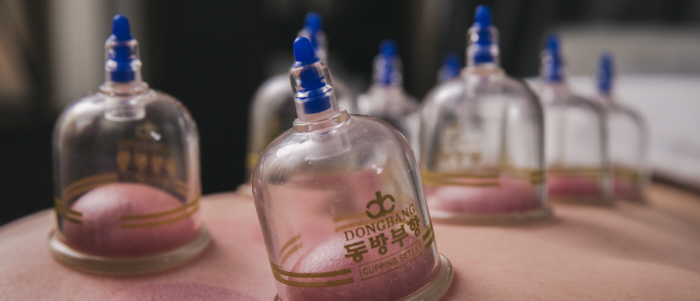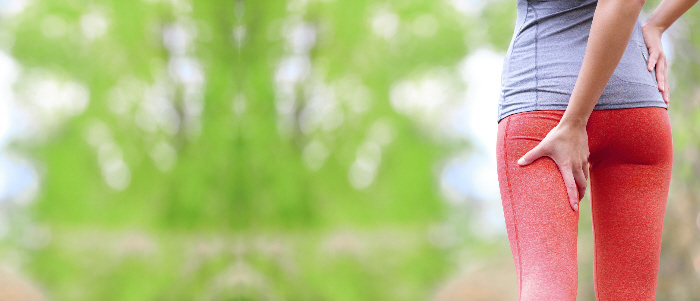Sacramento Small Business Owners: On Self-Care
Sacramento Small Business Owners: On Self-Care
By Zach Stahlecker, CMT
We are in the middle of a global pandemic, and a powerful & necessary social movement. If concerns about the welfare of others hasn’t overshadowed your self-care routine, maybe the fact that your typical self-care outlets are closed is having an impact.
Many small business owners have […]






